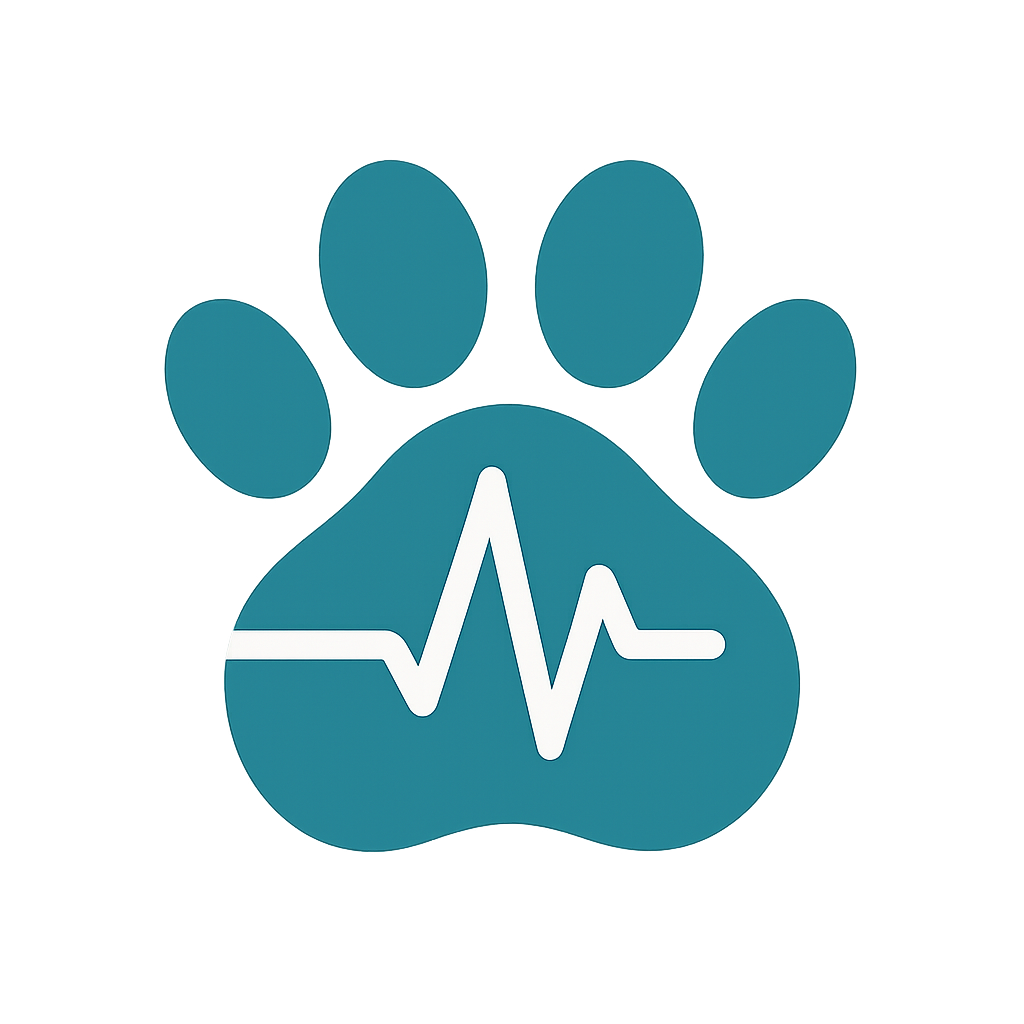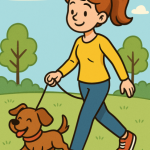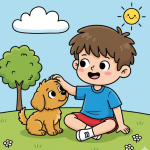
3 Surprising Signs Your Dog’s Toy Obsession Isn’t “Just Play”
“Does your dog hear a squeak from three rooms away and sprint like they’re late for the Olympics?” Same. Play is awesome for dogs—but new research suggests a small subset can get too fixated on toys, in ways that look a lot like human behavioral addictions (think gaming or gambling). Don’t panic: most toy-loving pups are perfectly fine. But if you’ve got a fur missile who lives for fetch and ignores literally everything else, this one’s for you.
Below, we break down the science in real talk—plus practical, positive steps to keep your toy-motivated superstar balanced, healthy, and (still) thrilled to play.
What the Study Found (In Plain English)
Researchers worked with over 100 very play-motivated dogs to see if some showed addictive-like patterns around toys. They looked for things like:
- Craving: intense focus on a toy—even when it’s out of reach.
- Salience: the toy becomes the most important thing, outshining food, you, and the entire squirrel population.
- Lack of self-control: difficulty stopping or calming down around toys.
- Mood change: the toy visibly “switches on” excitement or soothes stress.
Result: About one-third of these already toy-crazy dogs showed stronger signs of fixation—staring at hidden toys, working relentlessly to access them, and tuning out alternatives like food or cuddles. That doesn’t mean they’re “addicted,” but it does signal a behavioral profile worth managing so they stay safe, happy, and injury-free.
Why Your Dog’s Toy Love Can Tip Into Trouble
Play lights up the brain’s feel-good chemistry (dopamine, endorphins). It’s part of why fetch is fun—and why your pup will fetch that soggy tennis ball for the 87th time like it’s the Super Bowl. For a few dogs (often high-drive working lines), toys become “motivational magnets.” They can’t not think about them.
Red flag moment: when the fun starts to replace essentials (eating, resting, engaging with you) or pushes through pain (limping but still chasing). That’s not “additional reps;” that’s risk.
The “Is This Too Much?” Checklist
If you’re nodding along, run this quick self-check. The more “yes” answers, the more you’ll want to structure play differently.
- Tunnel vision: My dog stares at or searches for the toy even when it’s put away.
- Can’t be bothered: My dog ignores food or me if a toy is visible (or even just mentioned 👀).
- Zero chill: My dog whines, paces, spins, or barks when the toy is out of reach.
- No off switch: Ending fetch leads to meltdowns (not just “aw, bummer” vibes).
- Pushes past pain: My dog keeps playing despite signs of fatigue or soreness.
If you got 3+ yeses: your pup likely needs structured toy time and a few healthy swaps (keep reading).
3 Big Takeaways (and What They Mean at Home)
1) Play ≠ Problem—But It Needs Boundaries
Most dogs thrive with fetch and tug. For high-drive pups, clarity and consistency actually increase joy. Think: set start/stop cues, defined sessions, and recovery just like a human athlete.
Do this today:
- Use a start cue (“Game on!”) and an end cue (“All done.”).
- After “All done,” immediately transition to a sniffy walk, scatter-feeding, or a chew—so play ends into something, not into disappointment.
2) Rotate Rewards, Not Just Toys
If one ball rules your house like a tiny neon dictator, broaden the menu. Dogs can get “stuck” on a single reward source.
Do this today:
- Keep toys out of sight between sessions (less obsession, more novelty).
- Introduce reward variety: tug, flirt pole with rules, food puzzles, snuffle mats, training games, social play.
- Pair calming activities after high arousal (lick mats, stuffed Kongs, nosework).
3) Protect the Body You Love
Repetitive fetch on hard surfaces = joint stress city. Over-arousal can also spike injury risk.
Do this today:
- Warm up: 3–5 minutes of trotting, figure-8s, gentle turns before fetch.
- Surface matters: Choose grass or turf, avoid endless hard-ground sprints.
- Cap the session: Try 10–15 quality throws, not marathon tossing.
- Build “all done” stamina: Start short; praise calm recovery as much as the catch.
Your 7-Day “Happier Fetcher” Plan
Day 1–2: Rules + Rhythm
- Teach start/stop cues and practice stopping after 3–5 throws, then switch to a sniff break.
- Store the Holy Ball in a closed bin out of sight.
Day 3–4: Mix the Menu
- Add one nosework game (hide treats in boxes) and one chew session daily.
- Swap one fetch block for tug with rules (clear “take it” and “drop” cues).
Day 5–6: Brain + Body Balance
- 10 minutes of training games (hand targets, spins, sits/downs at distance).
- Keep fetch on soft ground, limit max sprints, cool down with a slow sniff walk.
Day 7: Re-check & Celebrate
- Re-do the checklist. If “tunnel vision” is easing and recovery is calmer—win!
- Still intense? Keep at it another week and consider a force-free trainer for a custom plan.
When to Call in the Pros
- Your dog panics, vocalizes, or can’t settle when toys are away.
- You’re seeing injury signs (limping, stiffness after play).
- There’s resource guarding around toys.
- You want a sport plan (disc, agility, bitework) that’s safe and sustainable.
Look for certified, reward-based professionals (CCPDT, IAABC, KPA). Mention you’re seeing “toy fixation” so they can build impulse control and decompression into the plan.
Pro Tips for Specific Toy Lovers
Ball Chasers:
- Use rolling ground throws (less leaping/torque).
- Try two-ball fetch to reduce victory laps and sharpen the “drop.”
Tuggers:
- Add a simple rule set: “Take it,” “Out,” “Back up,” “Regrip.”
- Keep tug in a controlled zone (no surprise ambushes on sleeves).
Squeaker Fans:
- Keep squeaks for training paydays, not free-for-alls.
- Follow squeak bursts with calm work (place mat, nose touch).
Quick Myths—Busted
- “If I limit fetch, I’m depriving my dog.”
You’re actually protecting joints, building a healthier brain, and making play more fun with novelty. - “High drive = unfixable.”
High drive = high potential. Structure turns “too much” into just right. - “More throws = more tired.”
Often the opposite. Over-arousal keeps dogs wired. Short, purposeful sessions + sniffing = better naps.
The Bottom Line
Play is one of the best gifts you can give your dog. For a small group, the thrill of toys can edge into hyper-focus that crowds out other needs. With clear boundaries, smart variety, and body-first habits, you can keep the joy while ditching the chaos. Your dog doesn’t need more fetch—they need better fetch.
Share Your Pet’s Story 🐾
What’s the best tip you’ve learned for keeping your toy-obsessed pup healthy and happy?
How do you wind down your dog after high-energy play?
Drop your wins (and bloopers) in the comments—your idea might save another pet parent’s sanity!




